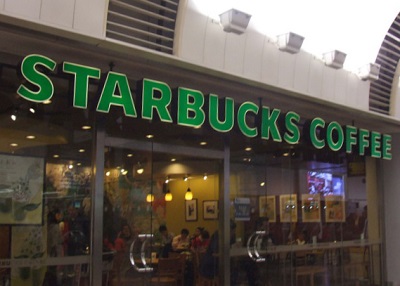The coffee giant is now embarking on the rollout of a new level of technology due to massive successes.
Starbucks is boosting the use of smartphone based solutions in its hundreds of coffee shop locations, greatly because of the tremendous successes it has seen in mobile payments.
Recent data has shown that 21 percent of payment transactions at Starbucks are completed over smartphones.
The successes that the coffee chain has seen has propelled it to the top of the mobile payments list, making the company the example for the way that mobile technology can be used to boost business and raise customer engagement. It has managed to accomplish this goal more effectively than any other company in the food and beverage service marketplace. It is precisely this message that was being shared along with the announcement from execs that the company had met the expectations of analysts for its fiscal fourth quarter earnings report. It reached a record breaking revenue of $4.9 billion, with profits of about $969 million.
Smartphone based ordering has been expanding outside the United States where mobile payments have been hot.
 The mobile ordering option was rolled out in the U.S. last December. This allowed consumers to be able to skip the line by placing their coffee orders in advance through the app on their smartphone. By September, the feature reached all 7,400 stores across the country. The feature has since been making its way into additional markets with tests being launched in Canada and the United Kingdom.
The mobile ordering option was rolled out in the U.S. last December. This allowed consumers to be able to skip the line by placing their coffee orders in advance through the app on their smartphone. By September, the feature reached all 7,400 stores across the country. The feature has since been making its way into additional markets with tests being launched in Canada and the United Kingdom.
According to execs from the company when they announced the company’s earnings, there have already been five million monthly transactions completed by customers who have been using the Mobile Order & Pay feature.
President of North American operations for Starbucks, Cliff Burrows, explained that “It has been incredible to see the adoption by customers across the country,” adding that “With each wave that we launch, the ramp rate has been quicker for adoption.”
It’s clear that even beyond mobile payments, Starbucks is continuing to lead the way in customer engagement and in revenue generation by way of shopper smartphones.

